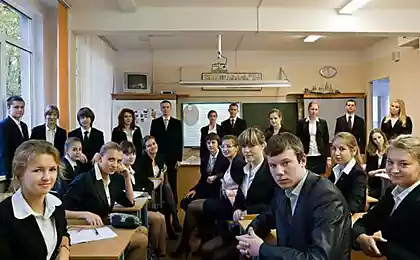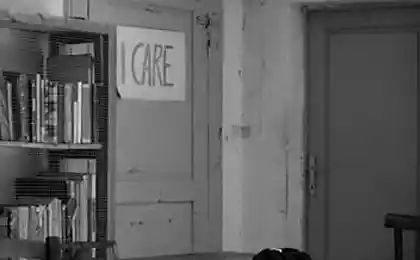200
What was banned in Soviet schools and how students managed to bypass strict rules
Observations of the appearance and behavior of current schoolchildren show that the rules of school etiquette have changed dramatically in recent years. Unlike modern schools, Soviet educational institutions had strict regulations that had to be followed by pupils and students. Some of the bans caused protest from schoolchildren and bewilderment from parents, but no one in the administration was going to listen to their opinion.
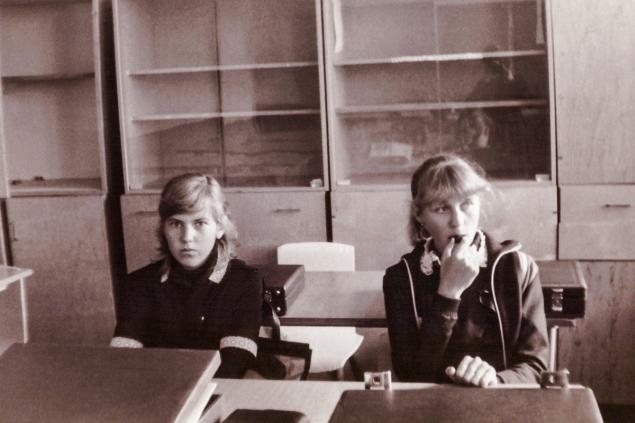
The authority of the teacher was unshakable, and the culture of communication between the participants of the educational process was at a high level. Some teachers may have abused their position.
Schoolchildren were forbidden to attend church On large church holidays, teachers were on duty at the walls of the temple. If a child came to worship, the next day he was read out in front of the whole school, and the parents were reprimanded. Students were not allowed to wear crosses.
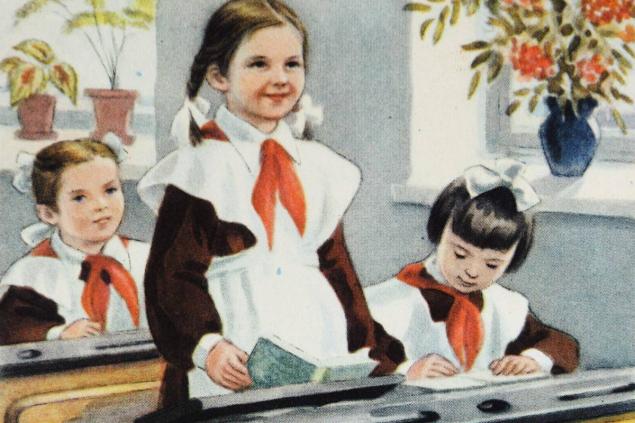
If in the cinema was shown “adult”, according to the director, the film, then on the line of all high school students were warned that they should skip this session. In the black list could get even a film of Soviet production. For fascination with banned music, students were severely punished, this threatened expulsion from the university.
Students with more developed left hemispheres were forced to retrain children to write with their right hand, even if they were uncomfortable. Therefore, among the older generation, it is impossible to calculate a left-hander by how he holds a pen.
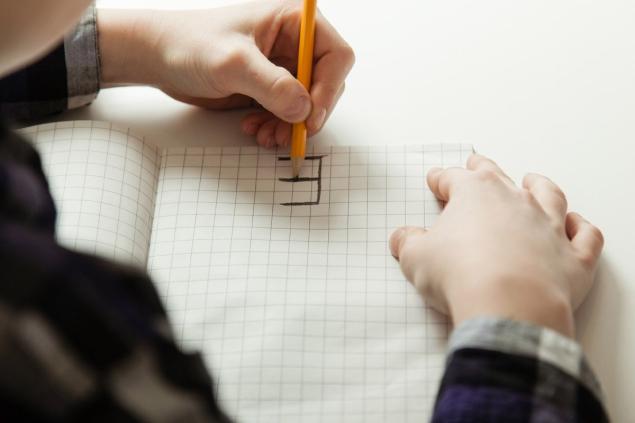
School uniforms and classic shoes Without the appropriate outfit, schoolchildren were not allowed to study. Every morning, the pioneers were examined for ties, and October and Komsomol members were examined for badges. Shoes and sports uniforms were worn only for physical education lessons. In the cold season, children had to hide sweaters under their uniforms to keep the classroom warmer. Short skirts for girls and high-heeled shoes were out of the question. The appearance of teachers also had certain requirements. Teachers were not allowed to wear trouser suits.
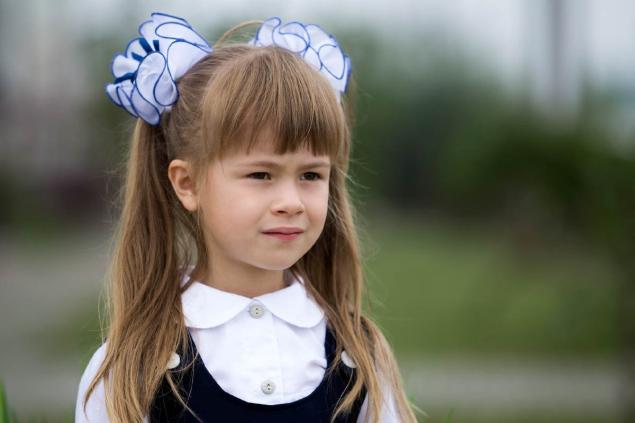
The students watched their appearance and cleanliness. They had their collars checked every day. At the entrance to the dining room, students demonstrated the cleanliness of their hands. The children had to monitor the condition of textbooks and notebooks, because the presence of wrappers and the number of pages were regularly checked.
The boys were forced to wear short haircuts. Girls were forced to braid long hair into a braid or pull into a tight ponytail because they could not go to school with loose curls. None of the students even dared to think about hair coloring.
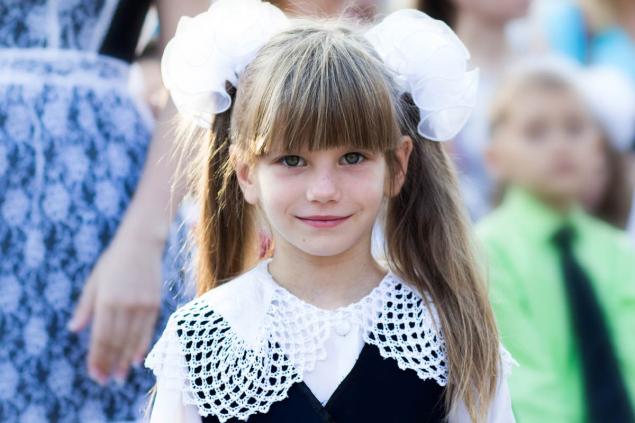
No cosmetics Students with makeup on the face by the hand took to wash. Before making up for a performance at a school concert, the girls necessarily asked permission from the class teacher. Schoolgirls were forbidden to pierce their ears and wear any jewelry.
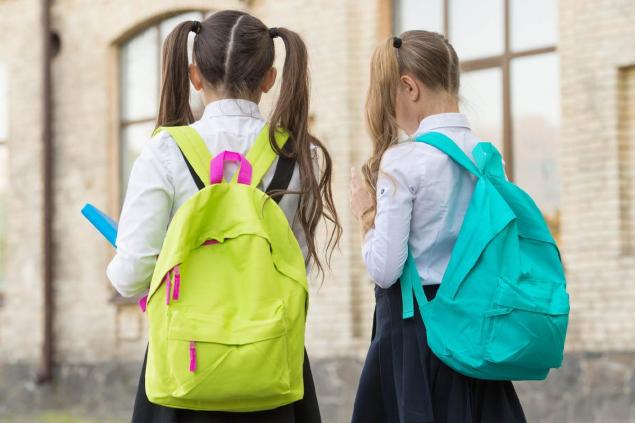
Let me give you an example. Under the Union, ladies drew eyebrows and eyelashes with pencil and ink, because there were no other options for painting at that time. Then a new student appeared in our class, who had naturally resin eyebrows. In the first lesson, the teacher decided to send the new girl to wash. When the girl objected, the teacher spat on her thumb and ran them on the girl’s eyebrow. It was funny for everyone except the beautiful lady. Making sure that the finger was clean, the teacher calmed down, but did not apologize to the schoolgirl for the humiliation caused. You should.
What impressive stories from school life do you remember?

The authority of the teacher was unshakable, and the culture of communication between the participants of the educational process was at a high level. Some teachers may have abused their position.
Schoolchildren were forbidden to attend church On large church holidays, teachers were on duty at the walls of the temple. If a child came to worship, the next day he was read out in front of the whole school, and the parents were reprimanded. Students were not allowed to wear crosses.

If in the cinema was shown “adult”, according to the director, the film, then on the line of all high school students were warned that they should skip this session. In the black list could get even a film of Soviet production. For fascination with banned music, students were severely punished, this threatened expulsion from the university.
Students with more developed left hemispheres were forced to retrain children to write with their right hand, even if they were uncomfortable. Therefore, among the older generation, it is impossible to calculate a left-hander by how he holds a pen.

School uniforms and classic shoes Without the appropriate outfit, schoolchildren were not allowed to study. Every morning, the pioneers were examined for ties, and October and Komsomol members were examined for badges. Shoes and sports uniforms were worn only for physical education lessons. In the cold season, children had to hide sweaters under their uniforms to keep the classroom warmer. Short skirts for girls and high-heeled shoes were out of the question. The appearance of teachers also had certain requirements. Teachers were not allowed to wear trouser suits.

The students watched their appearance and cleanliness. They had their collars checked every day. At the entrance to the dining room, students demonstrated the cleanliness of their hands. The children had to monitor the condition of textbooks and notebooks, because the presence of wrappers and the number of pages were regularly checked.
The boys were forced to wear short haircuts. Girls were forced to braid long hair into a braid or pull into a tight ponytail because they could not go to school with loose curls. None of the students even dared to think about hair coloring.

No cosmetics Students with makeup on the face by the hand took to wash. Before making up for a performance at a school concert, the girls necessarily asked permission from the class teacher. Schoolgirls were forbidden to pierce their ears and wear any jewelry.

Let me give you an example. Under the Union, ladies drew eyebrows and eyelashes with pencil and ink, because there were no other options for painting at that time. Then a new student appeared in our class, who had naturally resin eyebrows. In the first lesson, the teacher decided to send the new girl to wash. When the girl objected, the teacher spat on her thumb and ran them on the girl’s eyebrow. It was funny for everyone except the beautiful lady. Making sure that the finger was clean, the teacher calmed down, but did not apologize to the schoolgirl for the humiliation caused. You should.
What impressive stories from school life do you remember?
What to do if the ATM “eats” the card and does not want to give, you need to act immediately
80-year-old woman married a man who is 20 years younger than her, the bride shone in a snow-white dress






